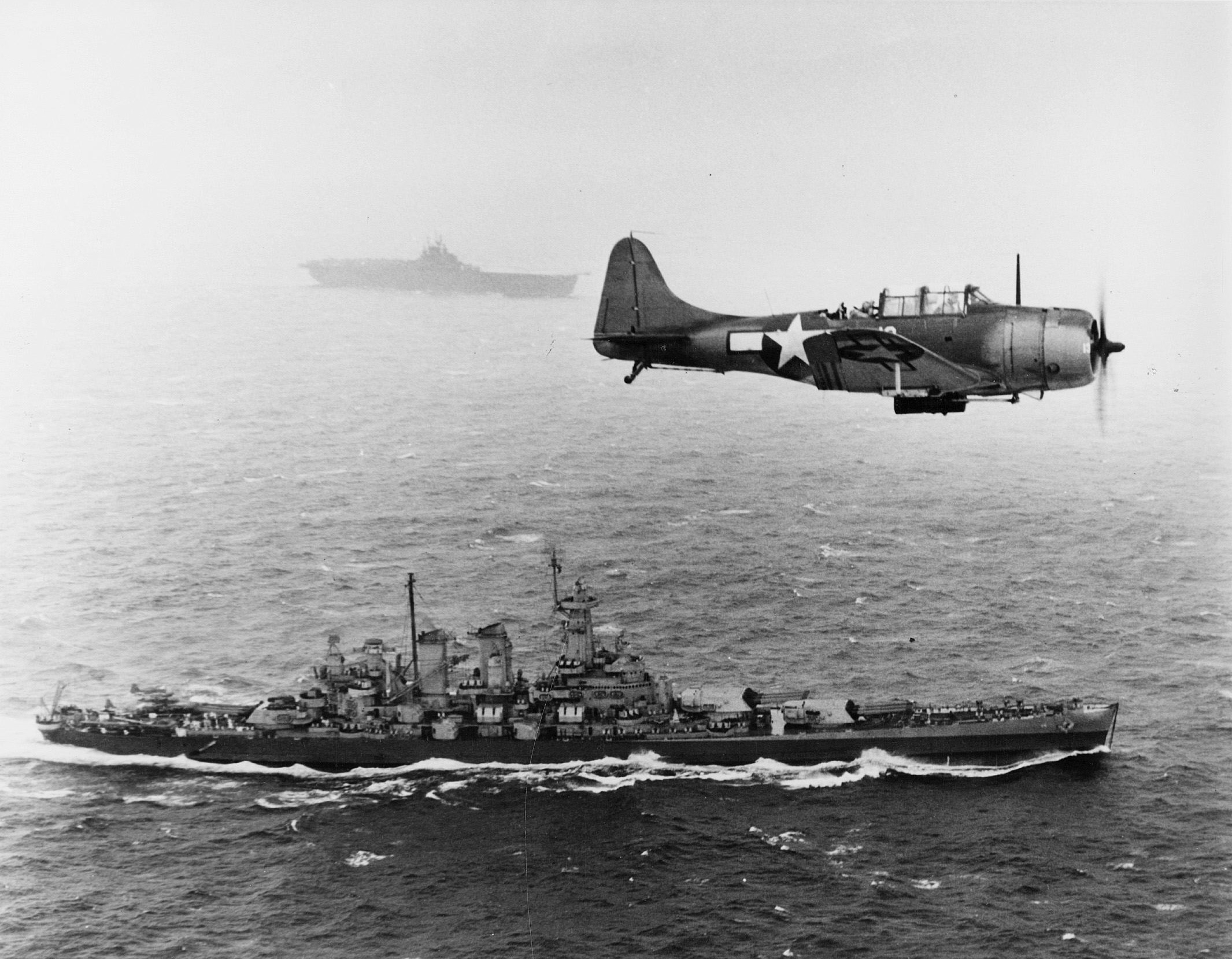
“Obtaining a functioning MiG-15 became something of an obsession for western intelligence. But getting one intact was proving to be difficult.”
FOR ALLIED PILOTS IN THE KOREAN WAR, the sudden and unexpected appearance of Soviet-made MiG-15s in the skies over the 38th Parallel was a troubling development.
The new, cutting-edge interceptors, which Moscow supplied to the air forces of North Korea and China by the hundreds, made their combat debut on Nov. 1, 1950 and immediately began downing Allied aircraft with virtual impunity.
The MiG-15, designated “Fagot” by NATO, could easily outpace, outfly and outfight any U.S. or British aircraft, including America’s cutting-edge F-86 Saber. What’s more, with a forward-mounted 37mm cannon, the jet packed a shattering punch, particularly when flown by one of the skilled Soviet pilots secretly sent to North Korea to shore up Pyongyang’s war effort.

In one day alone in 1951, a group of 30 of the nimble interceptors breezed through a cordon of 100 American escort fighters and shredded a formation of three-dozen B-29s. As many as a third of the bombers were shot to bits — and all without the loss of a single communist aircraft.[1] American commanders were so alarmed by the catastrophe they ordered a temporary suspension of all air missions over enemy territory. The MiG-15 was tipping the balance of the air war against the Allies.
U.N. commanders knew they had to find a way to defeat the new jet. But to do so, they’d need to study one of the remarkable machines up close. Obtaining a functioning MiG-15 became something of an obsession for western intelligence. But getting one intact was proving to be difficult.

Operation Moolah
Enter the U.S. Army’s psychological warfare division. In 1952, members of the top-secret outfit hatched a wild plan to lure disgruntled North Korean, Chinese and even Soviet pilots into defecting with their MiGs.* In exchange for delivering the jets, the fliers would receive $50,000 in cash, political asylum and citizenship in any western democracy of their choosing. As an added incentive, a cool $100,000 would go to the very first communist flier to take the U.S. up on its offer. Appropriately, the operation was codenamed Moolah. If successful, the plan would not only deliver a prized piece of Soviet hardware into the hands of the U.S. military, but would also represent an propaganda victory against the communists.

Beginning in April of 1953, the Pentagon mounted a public relations blitz geared at enemy pilots. Radio broadcasts announcing the cash were beamed into the north from Japan. They were followed by mass leaflet drops by B-29s on Chinese and North Korean air bases all up and down the Yalu River (an area known to Allied fliers as MiG Alley). By the end of April, more than a million pamphlets had been dispersed. More drops would follow in May.
The results were disappointing. By the time the Korean War ended on July 27 of that year, not a single communist flier from the north had defected – although in an unrelated incident that same spring, one Polish pilot had fled the East Bloc with his MiG-15.
Accidental success?
Despite this, Operation Moolah wasn’t a complete washout. In the days following the radio broadcasts and leaflet missions, Allied pilots noted a sudden reduction in MiG activity over enemy airspace. And on occasions when Allied fliers did engage MiGs after early May, the Russian-built jets were suddenly much easier to defeat — the crack Soviet pilots that were long believed to have shot down nearly 2,000 U.N. aircraft since 1950 evidently had been grounded. U.S. commanders concluded that Moscow had withdrawn its elite MiG-15 squadrons for fear losing both the jets and veteran pilots to the West — the North Korean air force had been left to fend for itself.[2] Despite the lack of defections, it seemed that for the Allies, Moolah still paid off.

And the $100,000 goes to…
On the morning of Sept. 21, 1953 – nearly two months after the truce that ended the Korean War – a lone MiG-15 touched down unannounced at Kimpo air base near Seoul, South Korea. A 21-year-old North Korean air force lieutenant named No Kum-Sok leapt from the cockpit of the plane and surrendered his jet to stunned Americans.
Amazingly, No claimed to be unaware of any cash prize. And after learning of the offer, he maintained that the promise of $100,000 probably wouldn’t have made much of an impression on him or his North Korean comrades — few understood the value of American currency.

The young pilot was awarded cash anyway and was later granted U.S. citizenship. He settled in the United States and earned an engineering degree from the University of Delaware. After a long career in the American aerospace industry, No became a university professor and even wrote a book about his defection entitled A Mig-15 to Freedom. It was published in 1996. This coming Friday, No Kum-Sok will celebrate his 82nd birthday.
After his fateful flight, No’s North Korean MiG was evacuated to Okinawa where it was evaluated by a team of American experts that included none other than Second World War ace and X-1 pilot Chuck Yeager. The plane is currently part of the U.S. Air Force National Museum in Dayton, Ohio.
Interestingly enough, the following decade, the U.S. military reprised the Moolah plan during the Vietnam War. Operation Fast Buck offered $35,000 to North Vietnamese fliers that fled to the south with an intact MiG-21 Fishbed.
(Originally published Jan. 16, 2014)
SOURCES
http://en.wikipedia.org/wiki/Operation_Moolah
http://atomictoasters.com/2011/11/operation-moolah-how-to-buy-a-mig-15/
http://www.psywarrior.com/Moolah.html
http://www.militaryfactory.com/articles/102/mig15-versus-sabre.asp
http://b-29s-over-korea.com/Black-Tuesday-Over-Namsi/BlackTuesdayOverNamsi.html
http://wio.ru/korea/korea-a.htm
* NOTE: According to some sources, the plan wasn’t conceived by the Pentagon at all but rather floated directly to the U.N. commander in Korea, Gen. Mark Clark, by an OSS veteran turned war correspondent named Edward Hymoff. [3]










2 thoughts on “Operation Moolah — The U.S. Plan to Buy a Top Secret Soviet Fighter”